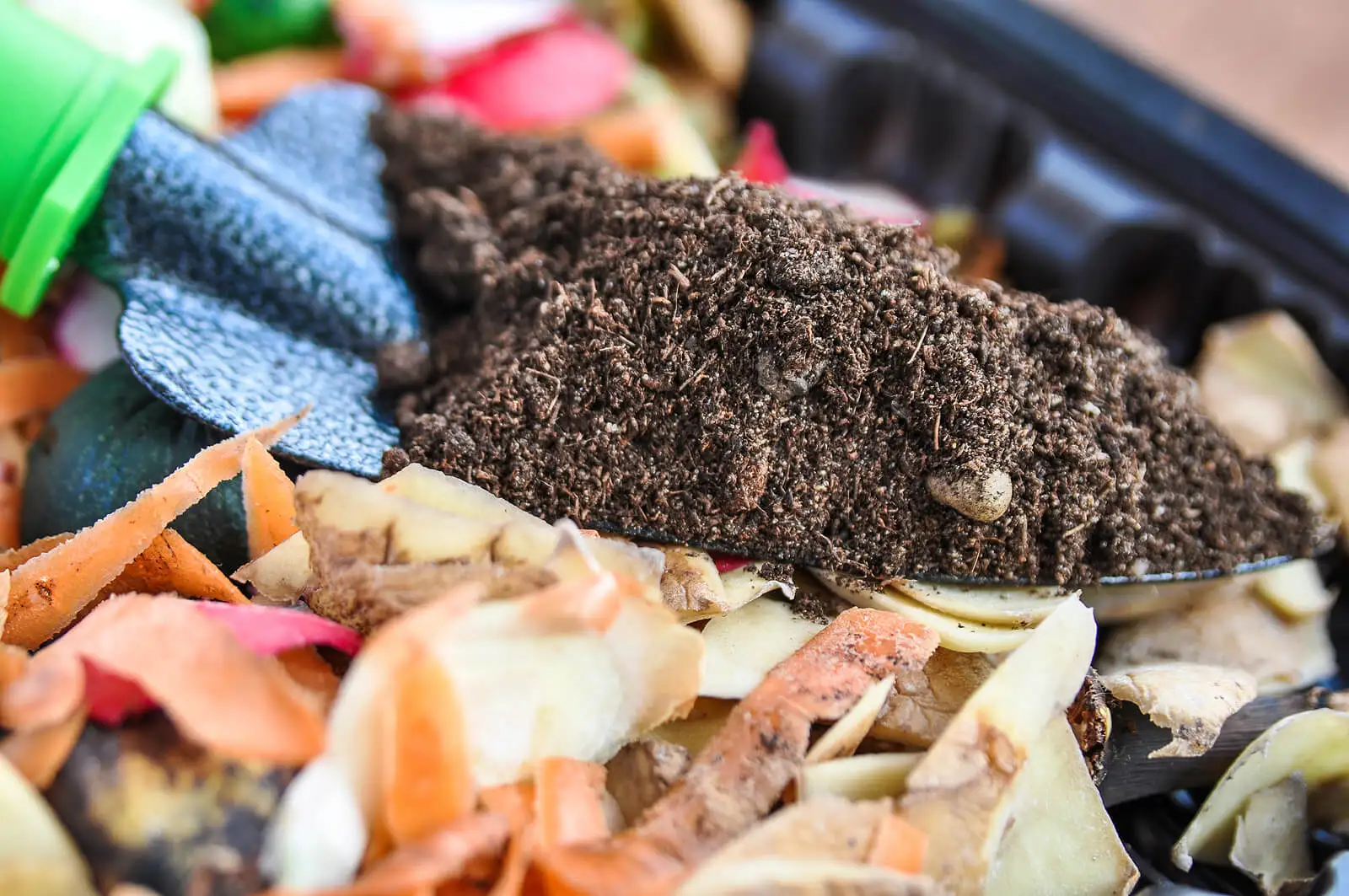How to Plant and Use Citronella at Home

The benefits of having your own garden or vegetable garden at home are enormous. One of them is that you can grow useful plants for the house. Such is the case of citronella at home, the plant par excellence to repel the annoying mosquitoes that appear.
The intense aroma that citronella gives off when rubbed or broken is citrus, similar to lemon. A quality that makes it perfect for preparing soups, sauces, and infusions. Its potential as a repellent is in its smell.
It’s also often know as lemongrass and is a perennial species – a member of the grass family – and develops in the form of a shrub. It’s native to the tropical and warm areas of southern Asia.
It’s easy to recognize, as its leaves are quite long (they can reach 60 to 70 centimeters in length – 24 to 28 inches), flattened, and an intense green tone. It’s time to make it your ally. Read on to learn more about its benefits, as well as the planting process and necessary care.
How to plant and maintain citronella at home
You have two ways to grow citronella. One is to purchase the plant and the other is to buy the seed.
You can find them at nurseries, garden fairs, garden stores, and even on the internet.
The right place and time of the year
Spring is the perfect time to plant citronella. If you prefer to plant it in the garden, plant it in sheltered places, near ornamental plants or shrubs, so that it doesn’t get so cold during the winter season.
This plant is affected when the temperature drops below 8 degrees Celsius (46 Fanrenheit)
On the other hand, if you choose a pot, make sure it’s large enough to allow it to grow freely. A diameter of 30 centimeters (12 inches) will be sufficient.
Place it in an area that receives the most sun. In winter and autumn it’s best to place it inside the house, next to a window.
Keep in mind that its tropical origin tolerates long hours of sun (6 to 8 hours). In either case, it’s important for the soil to be well-drained and nourished.

Follow the instructions
Once you have decided on the right place and the right time, it’s time to follow the following indications to the letter:
- Enrich the soil using composted manure or worm castings. With this trick you will promote fertility and the soil’s ability to absorb water.
- Dig a hole in the soil twice the size of the citronella pot, insert it and cover it. If you grow several, space them about 70 centimeters (28 inches) apart. If you have seeds, simply place them on top of the layer and then cover them.
- Water daily for 14 days and wait for your plant to grow.
- Fertilize citronella during the growing season with a liquid nitrogen fertilizer. Do this every 2 weeks.
It’s good to mention that the citronella stem (with its lower protuberance) is also useful for planting. Find it at the greengrocer’s, and soak it in water for a period of one month until the roots come out.
It’s likely that some leaves will start to sprout. Later, follow the procedure suggested above. The best thing about this plant is that it doesn’t require too much care.
You may be interested in: How to Grow Rosehips at Home
Be precise with watering
When it comes to watering, gardening experts advise regular and frequent watering, especially in the summer season. By this we mean 2 to 3 times a week.
Make sure that its roots don’t dry out, as this can damage the plant permanently. Don’t allow water to stagnate in the saucers at all, as a waterlogged plant will get sick.
Check out this article: Bacopa, a Plant that Can Benefit Your Memory
Don’t neglect it in the winter!
On the other hand, in the winter season you should place it in a south-facing area. At the same time, reduce the amount of water, because the lower the temperature, the slower this variety grows.
Another more drastic way, ideal in case of frost, is to move it to a basement, if you have one, and keep watering to a minimum. When temperatures rise above 8 degrees Celsius (46 Fahrenheit) you can take it out again. Don’t forget that citronella requires humidity and warmth to grow.
Remove dry leaves
It’s also essential that you take the time to remove all dry leaves. You can identify them by their yellow or brown color.
In the fall, prune any parts that look weakened. These signs of dryness can be a sign of two things: a lack of water or too much sun. Evaluate the scenario and take the most appropriate measures.
Revitalize citronella
Every so often it’s very good to fertilize the plant. The truth is that the supply of nutrients favors its growth and development.
From the beginning of spring until the end of summer, fertilize every 2 weeks with organic matter: manure, worm castings, or compost.

Cuttings
When it comes to the propagation of this specimen, it can’t be denied that it’s very easy to do so. It will multiply easily by using cuttings. This means that from each citronella you can get many more.
Enjoy citronella at home in its different formats
It isn’t only possible to take advantage of the pure citronella plant. There are citronella candles made from its essential oils. These are a great natural and chemical-free alternative.
Likewise, there are soaps impregnated with its fragrance. However you use it, citronella will keep mosquitoes away and keep your home well scented.
All cited sources were thoroughly reviewed by our team to ensure their quality, reliability, currency, and validity. The bibliography of this article was considered reliable and of academic or scientific accuracy.
- Martins R, González F. Uso del aceite de citronela de Java (Cymbopogon winterianus Jowitt) (Panicoidideae) como acaricida frente a la garrapata Boophilus microplus Canestrini (Acari: Ixodidae). Rev Bras PI Med. 2007; 9 (4): 1-8.
- Mc Caughey D, Ayala G, Buitimea G, Buitimea N, Ochoa A. Propagación y establecimiento de citronela (Pelargonium graveolens) bajo malla sombra. Rev Ides. 2020: 38 (4).
- Aparecido D, Silva A, Filho G. Citronella: un repelente natural para combatir el mosquito transmisor del dengue. Simp Nac de Tec en Agr. 2019; 11 (1): 133-137.
This text is provided for informational purposes only and does not replace consultation with a professional. If in doubt, consult your specialist.








